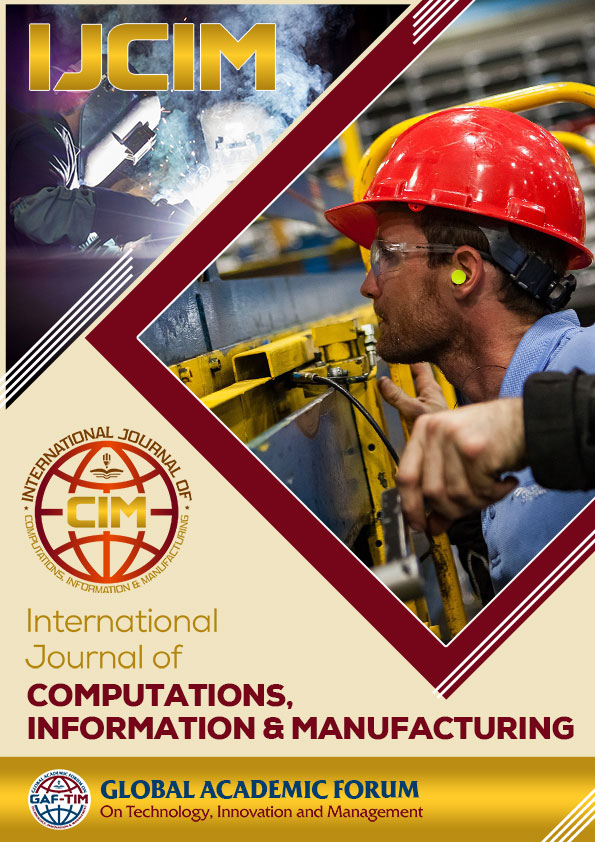Big Data Analytics in Healthcare: Exploring the Role of Machine Learning in Predicting Patient Outcomes and Improving Healthcare Delivery
DOI:
https://doi.org/10.54489/ijcim.v3i1.235Keywords:
Big Data Analytics, Machine Learning, Patient Outcomes, Healthcare Delivery, Artificial Intelligence (AI)Abstract
Healthcare professionals decide wisely about personalized medicine, treatment plans, and resource allocation by utilizing big data analytics and machine learning. To guarantee that algorithmic recommendations are impartial and fair, however, ethical issues relating to prejudice and data privacy must be taken into account. Big data analytics and machine learning have a great potential to disrupt healthcare, and as these technologies continue to evolve, new opportunities to reform healthcare and enhance patient outcomes may arise. In order to investigate the patient’s outcomes with empirical evidence, this research was conducted using an online survey to incorporate healthcare professionals, patient’s reviews, and clinical staff. The data were analyzed using SmartPLS 4.0 to predict the structural model. The findings revealed a direct impact as positive influence of using machine learning on healthcare performance and patient outcomes through big data analytics. Moreover, it is evident that this can lead to personalized treatment plans, early interventions, and improved patient outcomes. Additionally, big data analytics can help healthcare providers optimize resource allocation, improve operational efficiency, and reduce costs. The impact of big data analytics on patient outcome and healthcare performance is expected to continue to grow, making it an important area for investment and research











